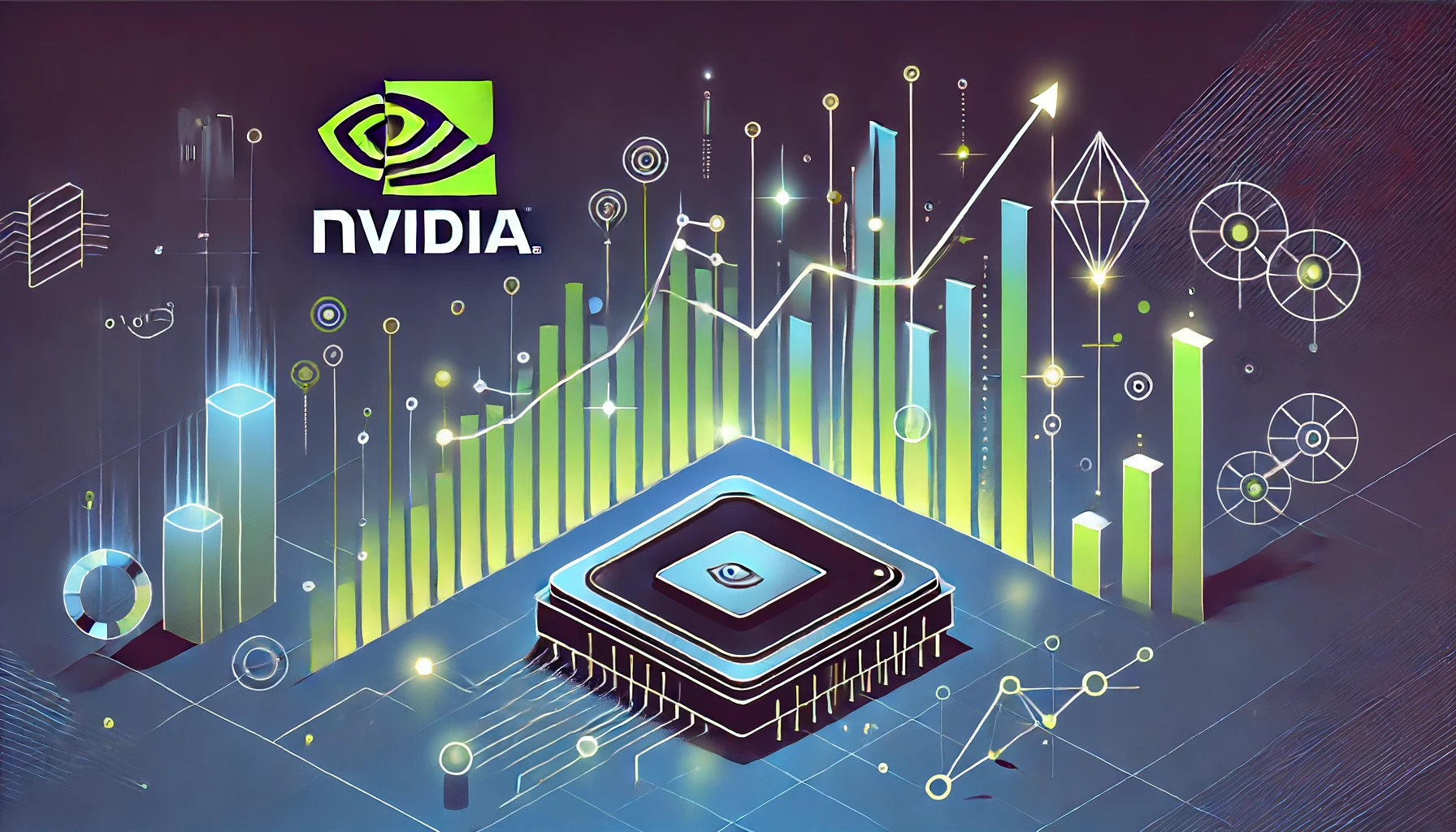
In the rapidly advancing field of artificial intelligence (AI), the ability to efficiently train neural networks is a critical component for driving innovation and progress. Nvidia, the prominent leader in AI chip technology, has once again demonstrated its unrivaled dominance in this arena. The latest benchmark results from MLCommons, an industry consortium renowned for its detailed evaluations of AI chip performance, affirm Nvidia’s supremacy in training neural networks.
MLCommons releases periodic benchmarks known as MLPerf, designed to measure the performance of AI chips across various training tasks. These benchmarks are pivotal in assessing how different chips handle the compute-intensive process of refining neural network weights or parameters until optimal performance is achieved. In the most recent round of MLPerf Training 4.0 tests, Nvidia not only claimed the top spot but also secured the second-best scores in all nine competition categories.
| Task | Best Score | Second Best Score | Nvidia’s Ranking |
|---|---|---|---|
| Training Meta’s Llama Language Model | Nvidia | Nvidia | 1st and 2nd |
| Training Stable Diffusion Image Model | Nvidia | Nvidia | 1st and 2nd |
| 3-D U-Net for Tumor Detection | Nvidia | Nvidia | 1st and 2nd |
| Graph Neural Network Task | Nvidia | Nvidia | 1st and 2nd |
- Consistent Dominance: This marks the third consecutive MLPerf round where Nvidia has emerged with an unchallenged lead.
- Broad Range of Tasks: Nvidia excelled across a variety of tasks, from language model training to complex image model refinement.
- Emerging Workloads: The benchmarks included new, emerging workloads, such as the fine-tuning of Meta’s Llama and the graph neural network task for drug discovery.
Nvidia’s impressive performance is a testament to its sustained innovation and expertise in AI chip technology. Despite the presence of formidable competitors like Intel, Advanced Micro Devices (AMD), and Google’s cloud computing division, Nvidia has consistently outpaced its rivals. This round of benchmarks not only reinforces Nvidia’s leadership but also underscores the growing gap between Nvidia and other chipmakers in terms of training efficiency.
The MLPerf benchmarks focus on two critical aspects of neural network performance:
- Training: The process of refining a neural network’s parameters through extensive computational experiments. This is essential for developing robust AI models.
- Inference: The application of a trained neural network to make predictions based on new data. MLCommons assesses this separately, and Nvidia has also shown strong performance in these tests.
MLCommons plays a crucial role in the AI industry by providing standardized performance evaluations that guide the development and deployment of AI technologies. The MLPerf Training 4.0 benchmarks encompass a mix of established tasks and new challenges, reflecting the dynamic nature of AI workloads.
- 3-D U-Net: A neural network designed for volumetric data analysis, particularly in medical imaging for tasks like solid tumor detection. Originally introduced by Google’s DeepMind in 2016, it remains a staple in AI training evaluations.
- Stable Diffusion: An image model that generates pictures, requiring substantial computational resources for training.
- Llama Language Model: A large language model developed by Meta, now included in the benchmarks for fine-tuning tasks.
- Graph Neural Networks: Used for traversing complex data sets, these networks are particularly useful in fields such as drug discovery, where relationships between data points are intricate and multifaceted.
Nvidia’s dominance in training neural networks has profound implications for the broader AI landscape. The company’s GPUs are the backbone of many AI advancements, powering applications ranging from autonomous vehicles to sophisticated language models. As AI continues to evolve, the demand for efficient training hardware is set to grow, making Nvidia’s leadership even more significant.
- Innovation Driver: Nvidia’s cutting-edge technology drives innovation across multiple AI domains, setting benchmarks for what is achievable.
- Competitive Pressure: Other chipmakers are under increasing pressure to enhance their offerings and close the performance gap with Nvidia.
- Market Leadership: Nvidia’s sustained success solidifies its position as the go-to provider for AI training hardware, influencing purchasing decisions across industries.
While Nvidia’s current performance is unparalleled, the competitive landscape of AI chip technology is always evolving. Companies like Intel and AMD continue to invest heavily in R&D to enhance their capabilities. Meanwhile, startups such as Graphcore bring fresh approaches to the table, potentially disrupting the status quo in future benchmark rounds.
- Continued Innovation: Nvidia must continue to innovate to maintain its lead, especially as AI workloads become more complex and demanding.
- Evolving Benchmarks: MLCommons will likely introduce new benchmarks that reflect emerging AI applications, providing opportunities for other players to shine.
- Collaborative Efforts: Collaboration with other tech giants and integration into broader AI ecosystems will be crucial for sustained success.
In conclusion, Nvidia’s dominance in the latest MLPerf benchmarks highlights its unparalleled expertise in AI training. As the company continues to lead the charge in AI chip technology, the industry watches closely, eager to see how Nvidia and its competitors will shape the future of artificial intelligence.
Related News:
Featured Image courtesy of DALL-E by ChatGPT
